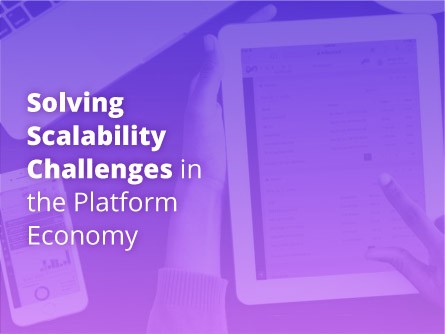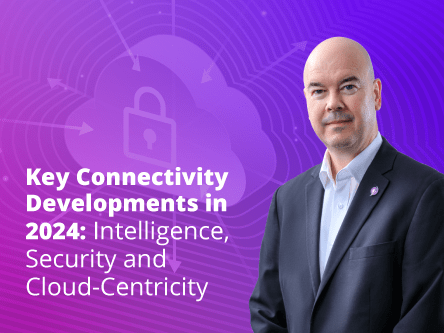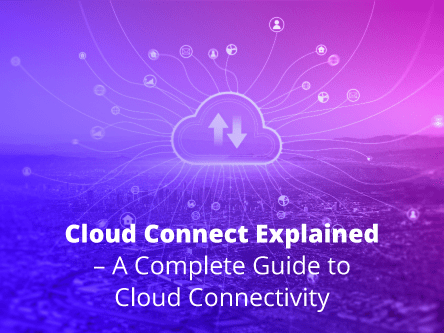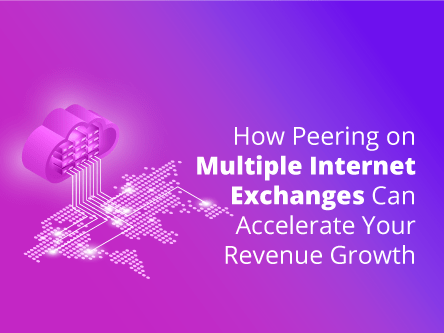The “as a Service” business model has transformed Enterprise IT strategy and their interaction with customers. It is fuelling modern consumer preference for digital platforms for everything from banking and food delivery to taxis and travel.
Businesses rely heavily on Cloud services like Software as a Service (SaaS) and Platform as a Service (PaaS) in this platform economy. These services alleviate IT workloads and costs, while offering businesses the freedom and agility to innovate.
What’s the difference between SaaS and PaaS?
Both are Cloud-based services delivered over the internet, but the main difference is in the management of resources. SaaS providers manage every single aspect from applications to networking. This allows users to consume the service without installations or management. On the other hand, PaaS provides an environment that enables users to develop and manage their own applications and data.
By removing resource management and maintenance, these services allow enterprises to focus on their core business and build a digital workforce. This is great for small and medium enterprises (SMEs) that cannot cater large capital expenditure (CAPEX) budget towards their digital transformation projects.
Everything On-Demand
SaaS and PaaS providers are responsible for creating reliable, on-demand services while delivering the best user experience. Without a doubt, the underlying network infrastructure has to compliment the way these services are delivered and how users consume them.
Today, interconnection enables these Cloud-centric service providers to scale their network connectivity to accommodate an increase in traffic volumes globally. To serve their ‘Born in the Cloud’ customers, they will need Cloud-centric networking.
Many of these connectivity services are now delivered globally, on-demand via Software-Defined Networking (SDN) platforms like Infiny by Epsilon.
If you’re a SaaS and PaaS provider, here’s how an SDN platform can help you accelerate your service offering:
- Closer to your End User
You can utilise an SDN platform to improve the overall performance of your applications and services globally. SDN platforms provide on-demand access to a network provider’s global interconnect fabric. This means you will gain direct access to a global network of interconnected data centres, Cloud Service Providers (CSP) and Internet Exchanges (IXs), allowing you to deliver your services closer to your end users anywhere in the world. - Freedom to Scale
SDN platforms offer rapid scalability on-demand. Through a single interface, you can scale your network with granular bandwidth from 2Mbps up to 100Gbps. With an on-demand connectivity, there is no need for long lead time for ordering and provisioning often associated with legacy networking. You can instantly turn up new network services to meet immediate demands, while only paying for what you use. By using an SDN platform, you get a flexible foundation for delivering high-performance applications and services without limits. - Reduce Complexity, Improve Visibility
Managing a global network infrastructure is challenging and expensive. Relying on multiple service providers meant having different Quality of Experience (QoE) and Quality of Service (QoS). A truly global SDN platform removes the complexity of managing multiple partners and visibility of the network performance. Using real-time analytics, you have control over the network which allows you to react to changes without delay. - Network Automation
With an SDN platform like Infiny, you can use Application Programming Interface (API) to seamlessly integrate connectivity into your applications and services. Network services can be fully orchestrated and presented as holistic application to your customers and users. This way, it does not only enhances your service delivery but also offers a cohesive user experience for your customer.
READ WHITE PAPER: THE NETWORK API REVOLUTION
Get in touch with us to learn more about Infiny or try it out yourself on Infiny.Cloud.







